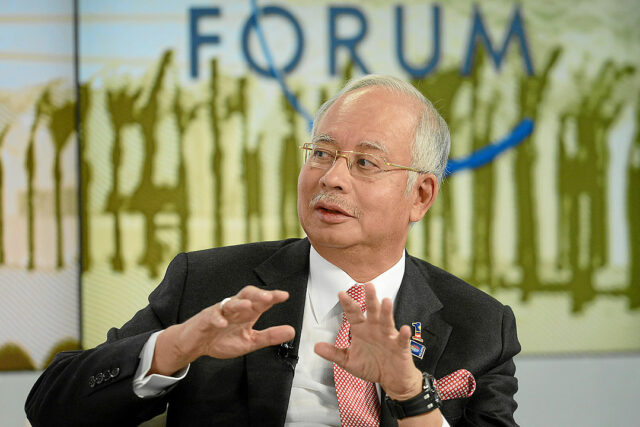Biden awards Pope Francis medal of freedom, highest US civilian honor
WASHINGTON — US President Joseph R. Biden spoke with Pope Francis on Saturday and awarded him the Presidential Medal of Freedom with Distinction, the nation’s highest civilian honor, the White House said.
It was the first time during his four years in office that Mr.Biden awarded the medal “with distinction,” it said.
Mr. Biden, 82, leaves office on Jan. 20. To oversee the federal response to the fires in California, he canceled a trip to Rome this week, where he was due to meet Francis in person.
A lifelong Catholic who has met the pope several times, Mr. Biden told reporters on Friday that he was disappointed to cancel the trip, but felt it was more important to stay in Washington.
The Presidential Medal of Freedom is presented individuals who have made exemplary contributions to the prosperity, values, or security of the US, world peace, or other significant societal, public or private endeavors.
One week ago, Mr. Biden awarded the Presidential Medal of Freedom to former Secretary of State Hillary Clinton, chef Jose Andres and conservationist Jane Goodall, among others.
The White House said Mr. Biden spoke by phone with Francis on Saturday and expressed his deep regret that he was unable to visit Rome and Vatican City. The two leaders discussed efforts to advance peace around the world, including Francis’ work to alleviate suffering for vulnerable communities, it said.
In his citation for Pope Francis, who was born as Jorge Bergoglio in Argentina, Mr. Biden lauded the religious leader’s life of service to “the voiceless and vulnerable across Argentina” and his lifetime of service to the poor.
“A loving pastor, he joyfully answers children’s questions about God. A challenging teacher, he commands us to fight for peace and protect the planet,” Mr. Biden wrote.
“The first pope from the Southern Hemisphere, Pope Francis is unlike any who came before. Above all, he is the People’s Pope — a light of faith, hope, and love that shines brightly across the world.”
Both BMr. iden and Pope Francis have been weakened by global events, said Massimo Faggioli, an Italian academic and professor at Villanova University who follows the papacy.
“That is really hard to underestimate how tragic this moment is for both men in different ways,” he said. “Because what could go wrong did go wrong in these few years.”
Pope Francis has pushed for an end to Russia’s war with Ukraine and has been critical of Israel’s military campaign against Palestinian militant group Hamas. Both conflicts are ongoing.
Mr. Biden, 82, a regular attender of Mass, departed from church doctrine later in life with his support for abortion rights. In 2021 he said Francis had defended him from criticism by some US Catholics over the issue, including many bishops.
Pope Francis, 88, has pushed to open the Church to the modern world since he took the helm in 2013. He has drawn criticism from some US Catholics who view him as too liberal. — Reuters






![[2025]-BusinessWorld-Feature-Articles-re-GMT-discussion-between-the-OECD-and-Senate-of-the-Philippines-1-OL](https://www.bworldonline.com/wp-content/uploads/2025/01/2025-BusinessWorld-Feature-Articles-re-GMT-discussion-between-the-OECD-and-Senate-of-the-Philippines-1-OL-640x640.jpg)





